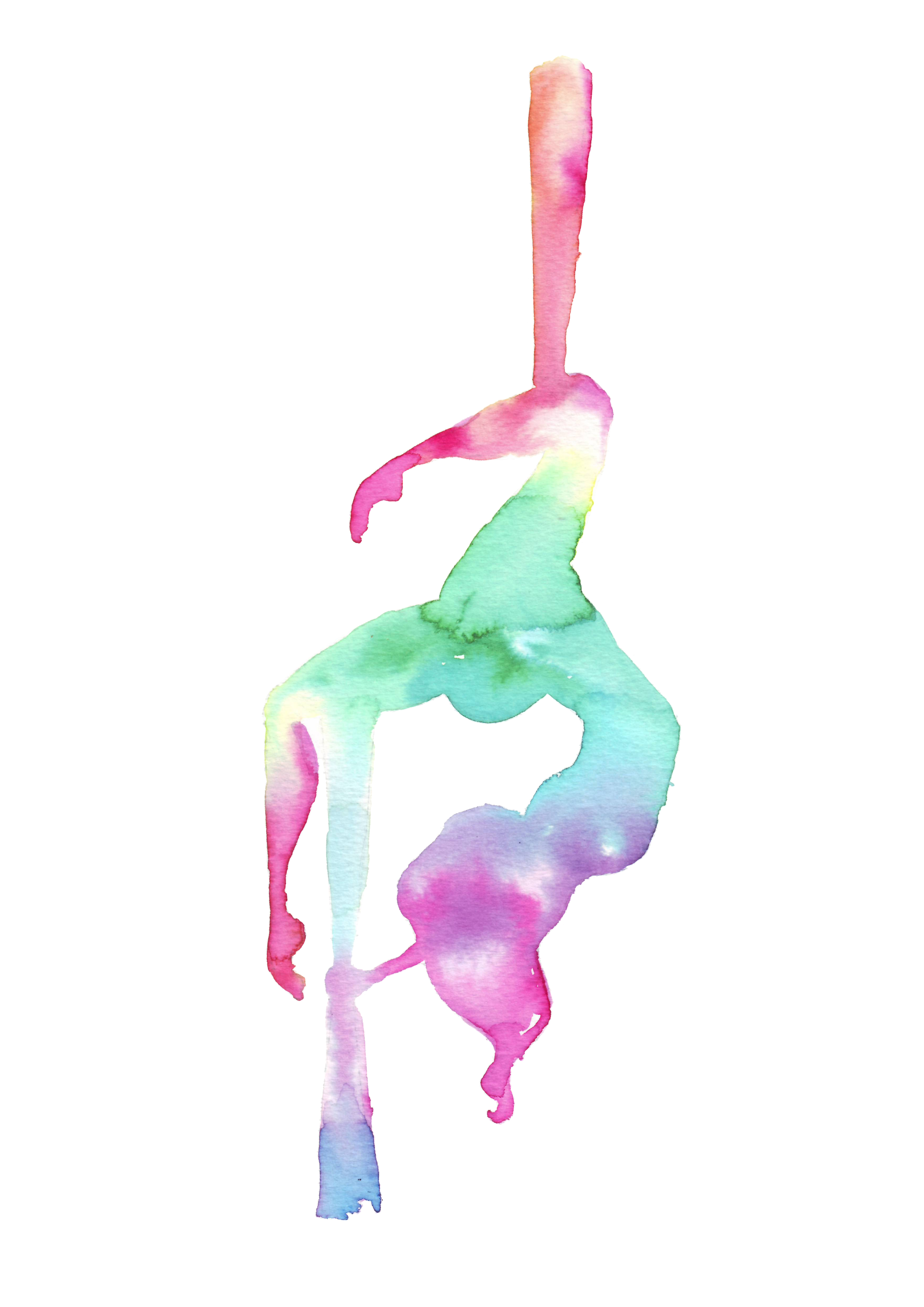Unraveling the Terminology of Pole and Aerial Arts: What Do "Official" Names Really Mean?
- Tricia with Altitude

- Mar 25, 2024
- 3 min read
Updated: Mar 26, 2024

Understanding the Reality Behind Labels
Pole dancing and aerial arts have rapidly gained popularity in recent years, captivating enthusiasts with their grace, strength, and creativity. Yet, amidst the exhilarating spins and gravity-defying tricks, there's a lingering misconception: the belief in the existence of "official" names for moves and skills. This is often perpetuated by our basic need to organize and label things, but often the truth is much more complex...
The Truth
Contrary to popular belief, no universally agreed-upon, "official" names exist for moves in pole and aerial arts. Instead, what exists are commonly adopted terms that vary from studio to studio, region to region, and even among different practitioners. This lack of standardization can be attributed to several factors:
Evolution of the Art: Pole and aerial arts are dynamic disciplines that continue to evolve. As new moves are invented and existing ones are modified or combined, it's natural for terminology to evolve alongside them. What may be called one thing in one studio might be referred to differently in another, reflecting the diverse and ever-changing nature of the art form.
Regional and Cultural Differences: Just as language varies from one region to another, so too does the terminology used in pole and aerial arts. What's commonly known as a "shoulder mount" in one country might be called a "double cup grip mount" in another. These regional and cultural differences contribute to the lack of standardization in move names.
Individual Interpretation: Beyond regional variations, individual instructors and practitioners often have their interpretations of moves, leading to differences in terminology even within the same studio. What one instructor calls a "straddle invert," another might refer to as a "chopper," further emphasizing the subjective nature of move names.
Navigating the Terminology Maze
Given the absence of official names, navigating the terminology maze in pole and aerial arts can seem daunting. However, understanding the fluidity of move labels can empower students & instructors to embrace creativity and innovation. Here are some tips for navigating the terminology maze:
Embrace Diversity: Instead of fixating on "official" names, embrace the diversity of terminology within the pole and aerial community. Recognize that different studios and practitioners may use different terms for the same move, and celebrate this diversity as a reflection of the art form's rich tapestry.
Focus on Technique: Rather than getting caught up in semantics, focus on mastering the technique and execution of moves. Whether it's a "Gemini" or a "scissor leg invert," what matters most is understanding the mechanics and principles behind each move, regardless of what it's called.
Communicate Clearly: When attending classes or workshops, communicate openly with instructors and fellow practitioners about move names and terminology. If you're unsure about a particular term, don't hesitate to ask for clarification. Remember, the goal is mutual understanding and learning.
Stay Open-Minded: As pole dancing and aerial arts continue to evolve, so too will the terminology associated with them. Stay open-minded and adaptable, welcoming new names and variations with curiosity rather than skepticism.
In the colorful and dynamic world of pole and aerial arts, move names are not set in stone but rather fluid and ever-changing. Understanding the reality behind move labels empowers practitioners to navigate the terminology maze with confidence and curiosity. So the next time you find yourself in a debate over the "official" name of a move, remember: in pole and aerial arts, there are no real names, only shared expressions of creativity and passion.




Comments